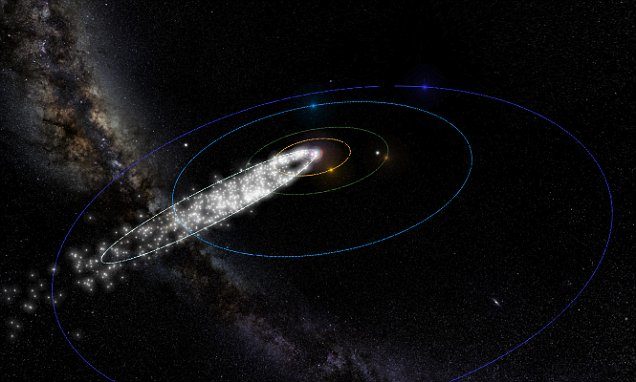OF THE
TIMES
We'll know our disinformation program is complete when everything the American public believes is false.
Odd article - makes no mention of the title reference 'this major pillar of western civilzation.....'. Which major pillar?
These 'think tank' documents are the best evidence that the US plans these evils in advance, and then acts out the part assigned to it using the...
They engaged in cloud seeding. It backfired. Not to be confused with chemtrails. Not the same thing.
....And they've all got masks on.
So what are these types of clowns fact checking and disinfoing and misinfoing? They call people liars but think there's no truth! Crazy mfs.
To submit an article for publication, see our Submission Guidelines
Reader comments do not necessarily reflect the views of the volunteers, editors, and directors of SOTT.net or the Quantum Future Group.
Some icons on this site were created by: Afterglow, Aha-Soft, AntialiasFactory, artdesigner.lv, Artura, DailyOverview, Everaldo, GraphicsFuel, IconFactory, Iconka, IconShock, Icons-Land, i-love-icons, KDE-look.org, Klukeart, mugenb16, Map Icons Collection, PetshopBoxStudio, VisualPharm, wbeiruti, WebIconset
Powered by PikaJS 🐁 and In·Site
Original content © 2002-2024 by Sott.net/Signs of the Times. See: FAIR USE NOTICE

Reader Comments